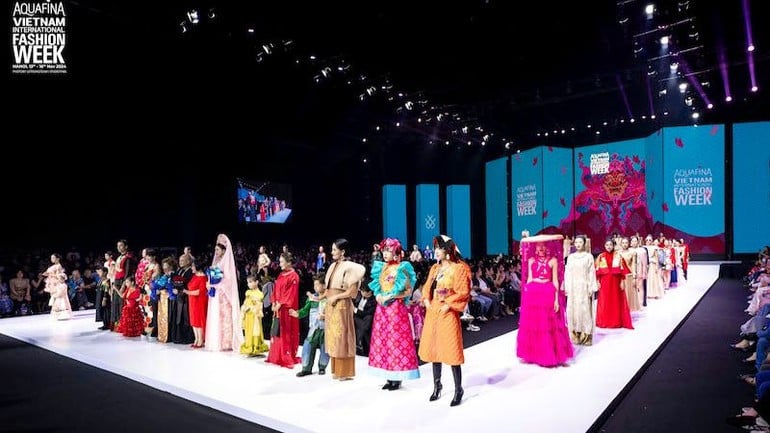
In the overall picture of the cultural industry taking shape in Vietnam, fashion has been identified as one of 12 potential fields and is being focused on investment and development.
Reaching out to the international arena
Contemporary Vietnamese fashion has gone beyond the role of pure processing to gradually establish its position as a creative industry, converging traditional techniques and modern design thinking to convey cultural and historical values, conquering domestic and foreign consumers.
Decades ago, Vietnamese fashion came to international fashion shows mainly through cultural exchange and almost only had the traditional ao dai, ao tu than, and ba ba. Nowadays, many Vietnamese brands have participated in major cultural and entertainment events in the world .
Instead of following trends, many successful Vietnamese designers choose to exploit inspiration from traditional culture, use local materials, and "tell" the public Vietnamese cultural stories through visual language.
In the past three years, many international stars have chosen to wear Vietnamese designs in film festivals, beauty pageants, music videos, and global tours. Designers such as Cong Tri, Do Manh Cuong, Thuy Nguyen, Le Thanh Hoa, Chung Thanh Phong, Nguyen Minh Tuan, Tran Hung and many other young talents, along with brands such as Fancì Club, L Soul, La Lune, Bupbes, TimTay, CoolMate... are popular at home and abroad, widely distributed through shopping malls and online platforms. The rise of domestic brands proves that Vietnam is not only a manufacturing destination but can also be a source of fashion creativity.
Fortunately, instead of following trends, many successful Vietnamese designers choose to exploit inspiration from traditional culture, use local materials, and "tell" the public Vietnamese cultural stories through visual language.
Recently, designer Cong Tri introduced his Fall Winter 2025 collection in Vogue magazine with designs made from the "treasure" of the Vietnamese textile industry, Lanh My A silk (Tan Chau craft village, An Giang ). The brands La Pham and Kilomet109 turned the hand-woven brocade of the H'Mong people in the northern mountainous provinces into high-end fashion on the catwalk in London (UK).
A notable face is designer Phan Dang Hoang (born in 2000) who brought paintings by famous painter Nguyen Phan Chanh and Vietnamese ceramics and do paper to the fashion capital of Milan (Italy)... The genZ designer shared: "National pride is an endless source of creativity. I want to contribute to bringing Vietnamese fashion to the world so that more and more people know about the beauty of Vietnam, and there are more and more opportunities for designers and fashion lovers in Vietnam."
At the Vietnam International Fashion Week 2025 (VIFW 2025) held in early June in Ho Chi Minh City with the theme "Identity Shines", many collections used silk, hemp, linen... inspired by regional cultural heritage. For example, "Ma dao" by Vu Viet Ha recreates the Bac Ha horse racing festival (Lao Cai) using brocade and hand embroidery techniques, "Thoai mong" by Cao Minh Tien honors Quan Ho folk songs and Mother Goddess worship through costumes imbued with Kinh Bac culture. He is also the author of the designs in the MV "Bac Bling" by Hoa Minzy, contributing to spreading the beauty of regional culture to young people.
Not only creating economic value, many designers consider collaborating with artisans as a way to preserve culture. Designer Minh Hanh has for many years integrated Northwest and Central Highlands brocade into Ao Dai and applied fashion.
Craft villages such as Lung Tam linen (Tuyen Quang), Nam Cao ramie weaving (Hung Yen), Quat Dong hand embroidery (Hanoi), Ma Chau silk (Da Nang)... have become sources of raw materials and creative inspiration for urban fashion. Many ancient patterns, ancient dyes, traditional weaving techniques that have been lost or are at risk of disappearing are being restored and maintained by designers working with the community.
Catch up with the digital transformation trend
Besides the use of Vietnamese materials and Vietnamese styles in designs, another interesting movement is also taking place: The shopping trend with the influence of digital platforms. Small brands and new designers are no longer "burdened" by the cost of premises in prime locations to introduce their products. Quality fashion models with vivid and attractive content spread on social networks and online sales channels can bring Vietnamese fashion to customers faster and more conveniently than ever. Young consumers increasingly prioritize "Made in Vietnam" products with unique designs, environmentally friendly materials, reasonable prices and clear cultural stories. Tourists from Thailand, Singapore, Korea, China... also form a "trend" of shopping tourism following million-view clips of Vietnamese brands in Hanoi and Ho Chi Minh City, considering this part of the cultural experience.
According to a survey at the Sustainable Consumption Forum 2025 held on July 2 in Hanoi, 74% of Vietnamese consumers are willing to pay more for environmentally friendly products. Of which, the group of young people aged 18-38 accounts for about 47% of the population and is the driving force behind the trend of responsible consumption. They not only look for beautiful outfits but also care about the story behind each design, the value that the brand brings and how it reflects their own identity.
According to experts, sustainable fashion in Vietnam is based on three main factors: using bio-based and recycled materials; restoring manual techniques; and building a transparent supply chain. This is a process that requires long-term investment and coordination from many parties.
According to a survey at the Sustainable Consumption Forum 2025 held on July 2 in Hanoi, 74% of Vietnamese consumers are willing to pay more for environmentally friendly products.
Take Kilomet109, for example, a brand that was born in 2009, when the concept of “sustainable fashion” was still new. The brand pursues a “slow but steady” model, closed from growing raw materials, harvesting to weaving, dyeing, and design. Currently, Kilomet109 works with H'Mong, Nung, Khmer, and Thai artisans in remote areas, where the ethnic identity is strongly preserved.
Some other brands also build cooperative networks with households and craft village cooperatives, creating products rich in cultural and community values. Fashion is linked to livelihoods and preserving crafts, helping to enhance the social role of the industry in modern times.
On an industrial production scale and targeting the international market, some Vietnamese enterprises have successfully researched, applied and developed fabric fibers from pandan leaves, lotus silk, coffee grounds, oyster shells... with superior characteristics such as breathability and environmental friendliness.
However, Vietnamese fashion still faces many challenges. Designer Thu Cuc, founder of the brand Cuc Handmade (using fabrics woven by Thai people in Phu Tho and Nghe An), said: “Handmade fabrics are three to four times more expensive than industrial fabrics of the same color and durability. Sustainable fashion production requires high skills and a stable number of orders, otherwise it is very difficult to survive.”
In addition, sustainable fashion also has to compete with cheap imported goods, while there are no specific credit support and incentive policies. Different consumption habits between regions are also a major obstacle.
Ms. Le Thi Quynh Trang, President of the Association of Southeast Asian Fashion Designers, also stated that close coordination between designers, businesses, management agencies and professional organizations is essential to bring macro policies to the fashion industry. Reality shows that many Vietnamese designers have good design thinking, but it is necessary to apply technology, improve competitiveness and connect with the global supply chain. Only then will "Made in Vietnam" fashion truly become a creative industry with Vietnamese soul, connecting people, culture and environment in each product.
Source: https://nhandan.vn/xay-dung-thuong-hieu-tu-the-manh-truyen-thong-post893505.html


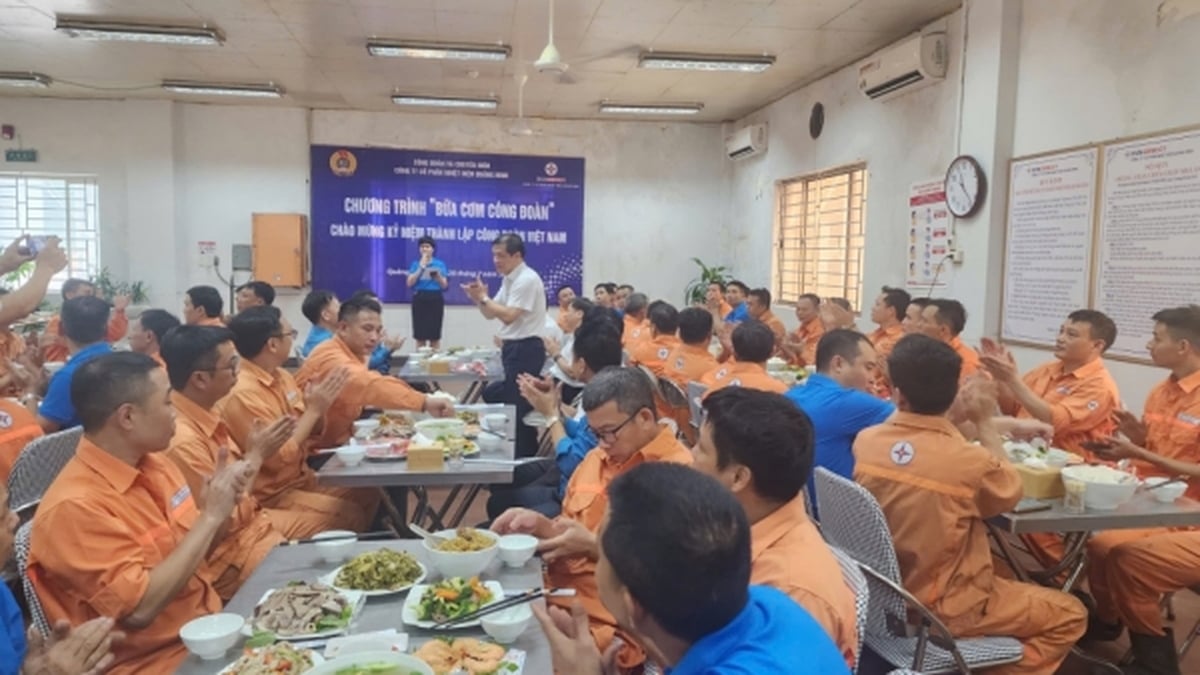
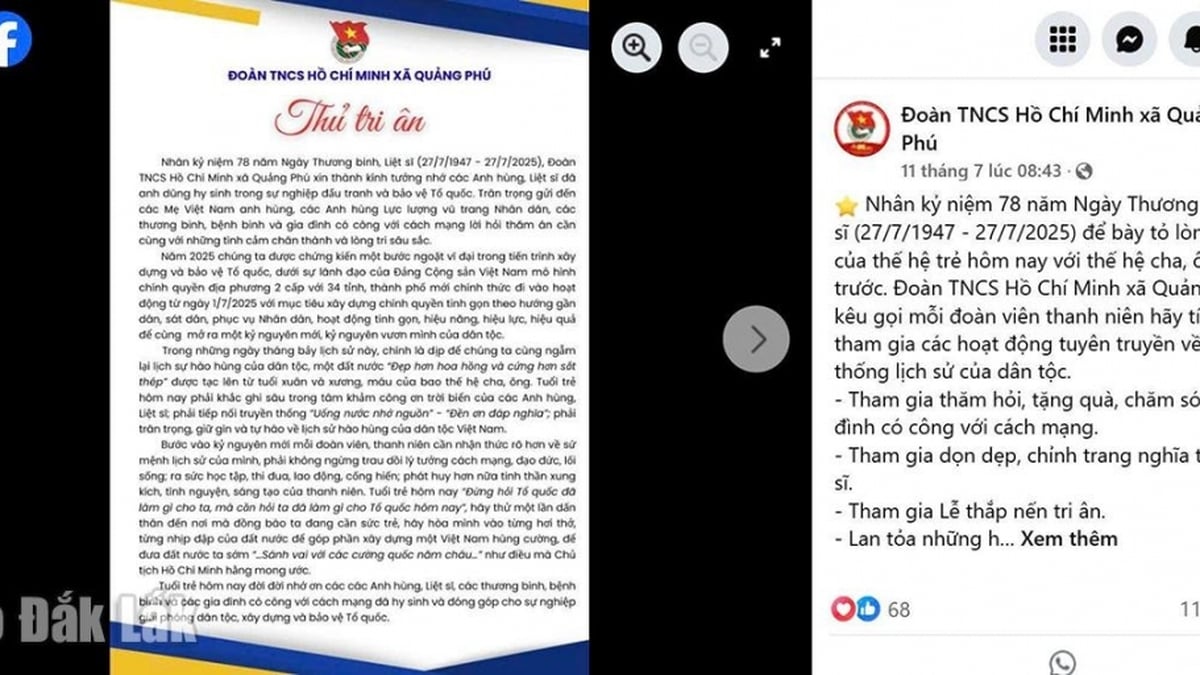
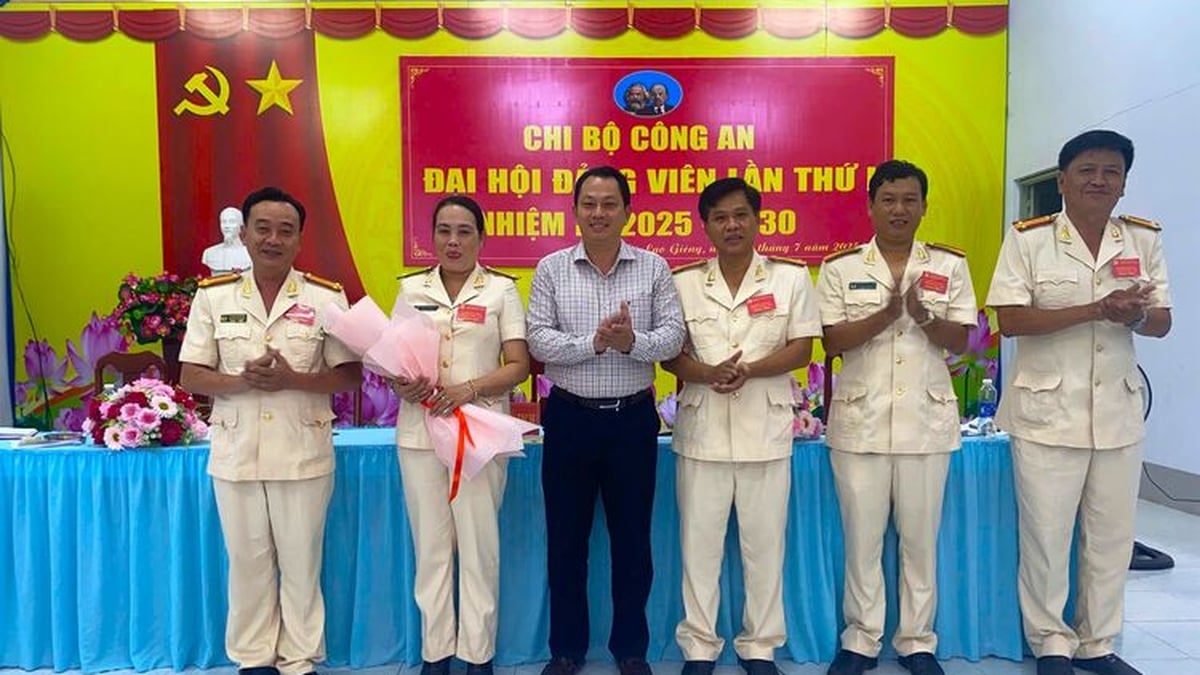

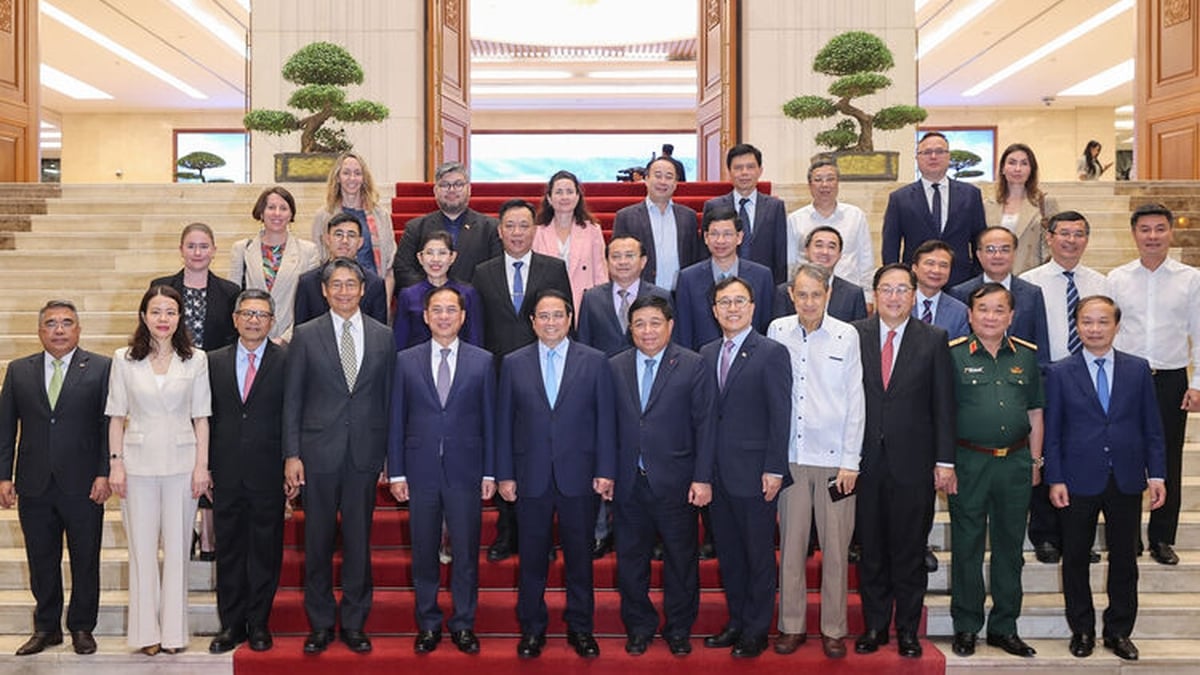
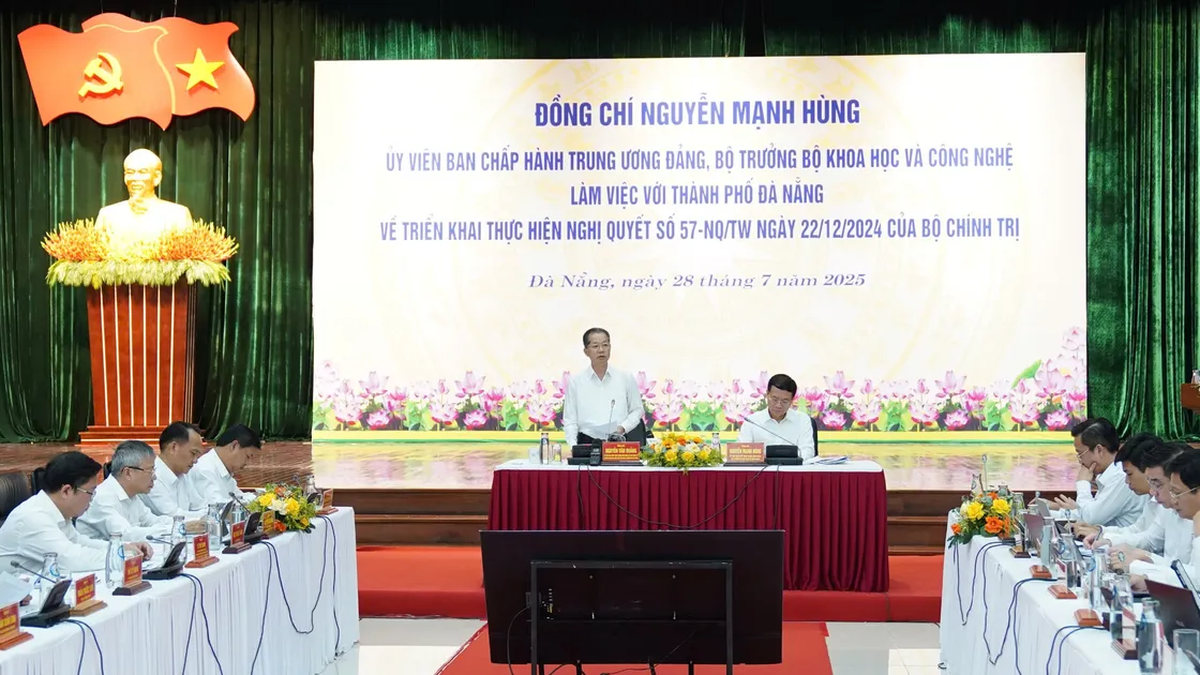

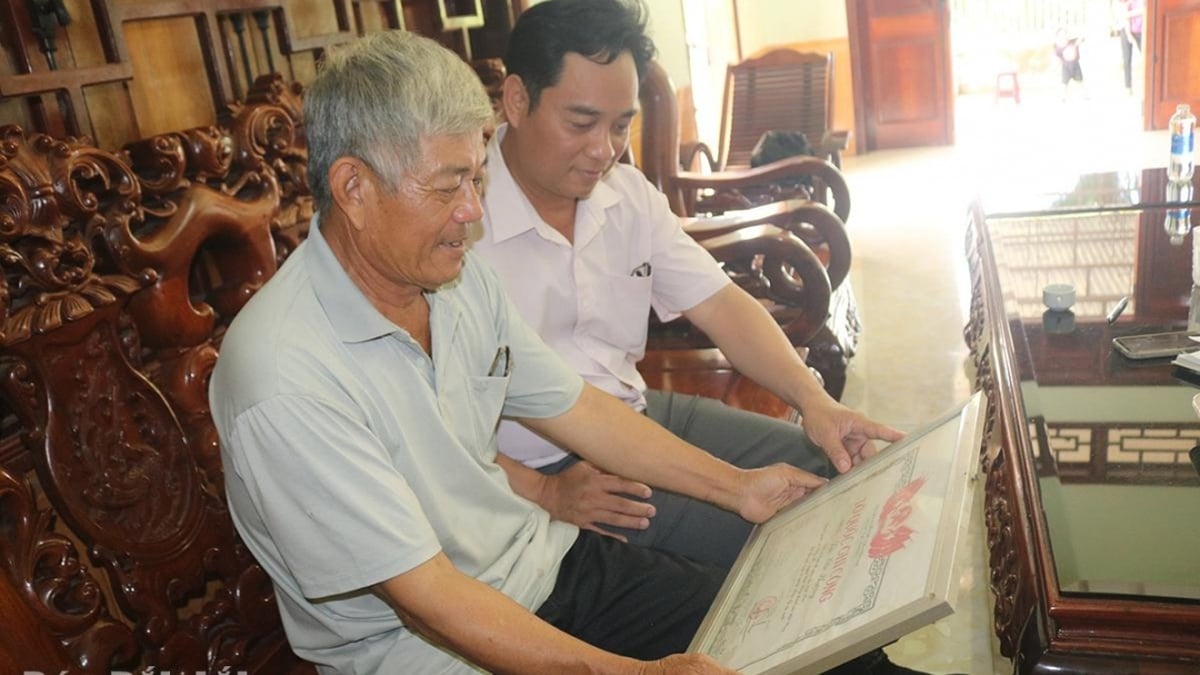
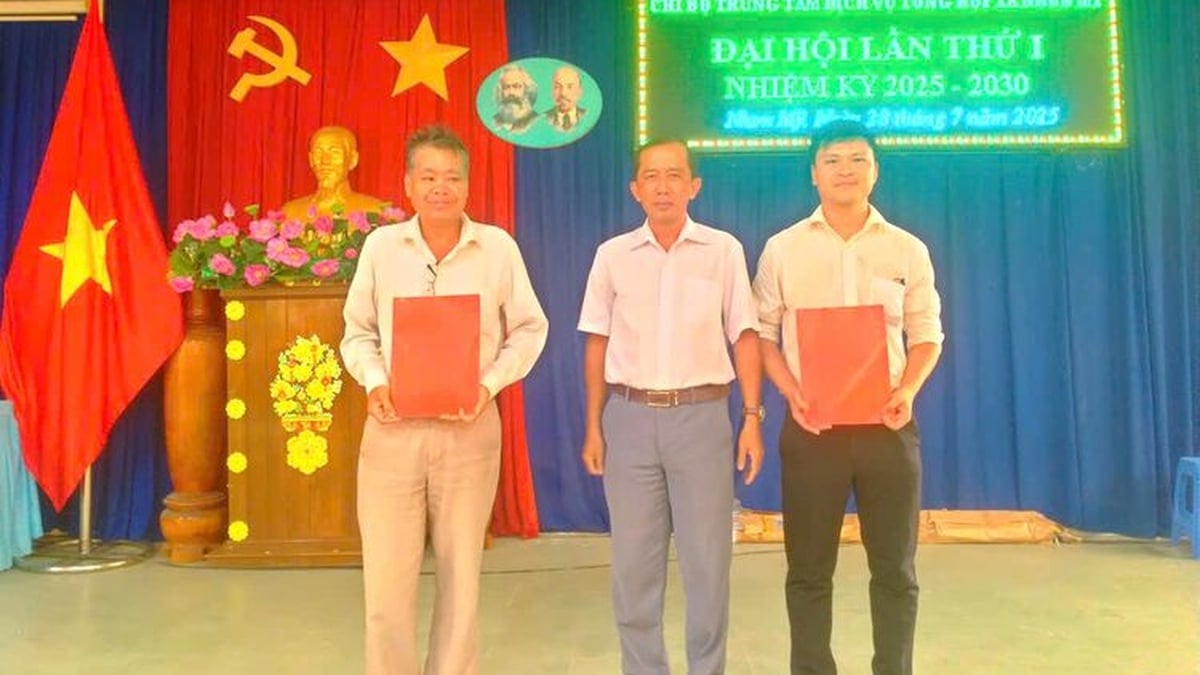
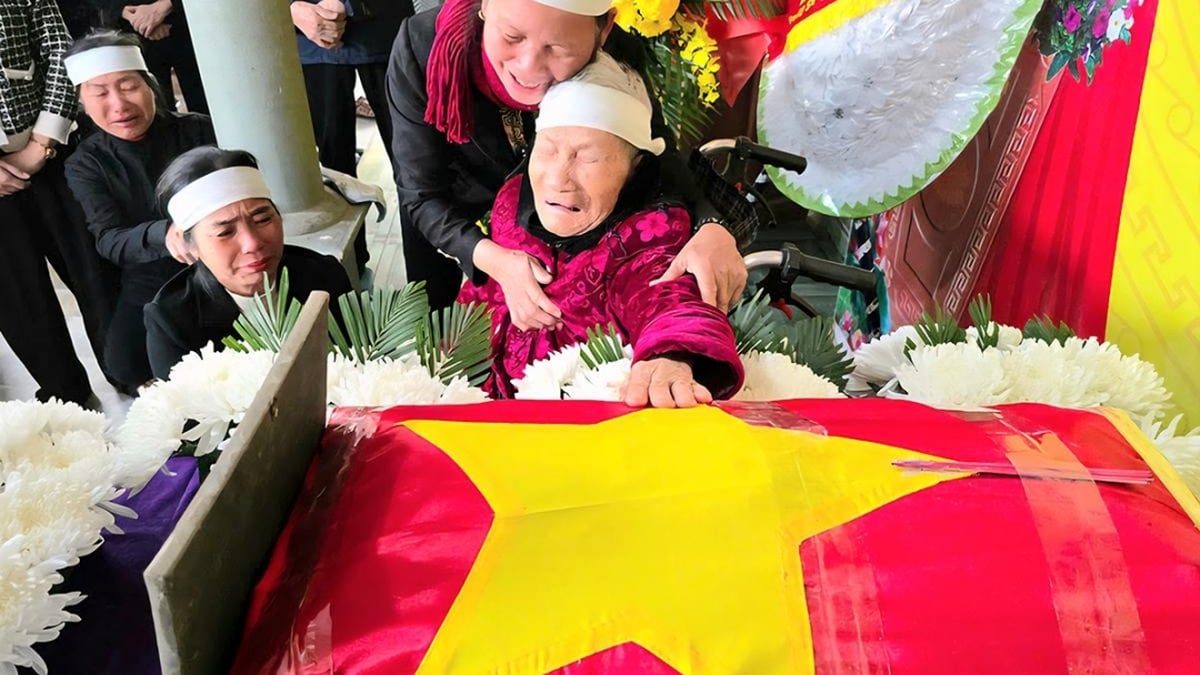

















![[Photo] National Assembly Chairman attends the seminar "Building and operating an international financial center and recommendations for Vietnam"](https://vphoto.vietnam.vn/thumb/1200x675/vietnam/resource/IMAGE/2025/7/28/76393436936e457db31ec84433289f72)


































































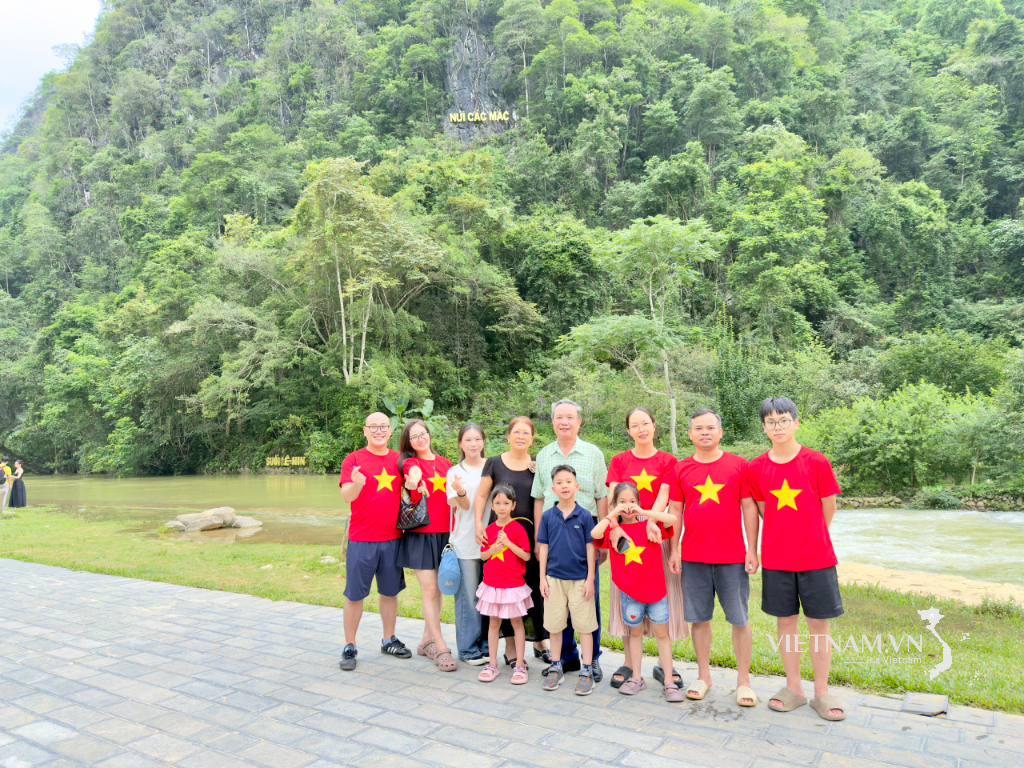


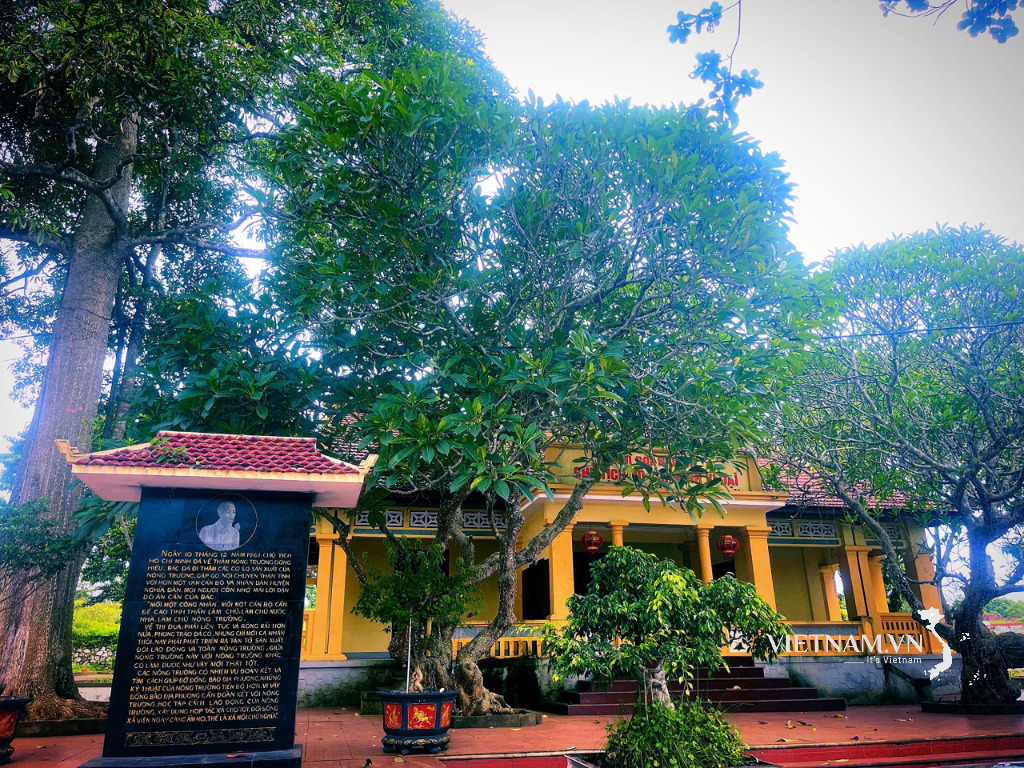
Comment (0)